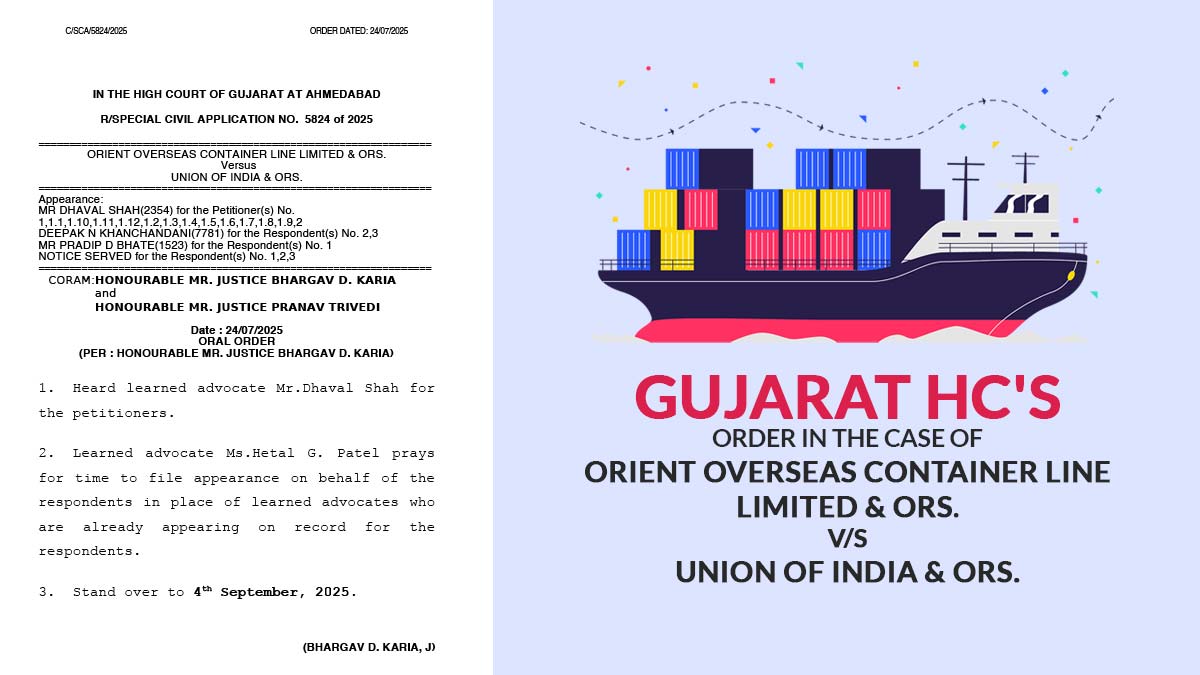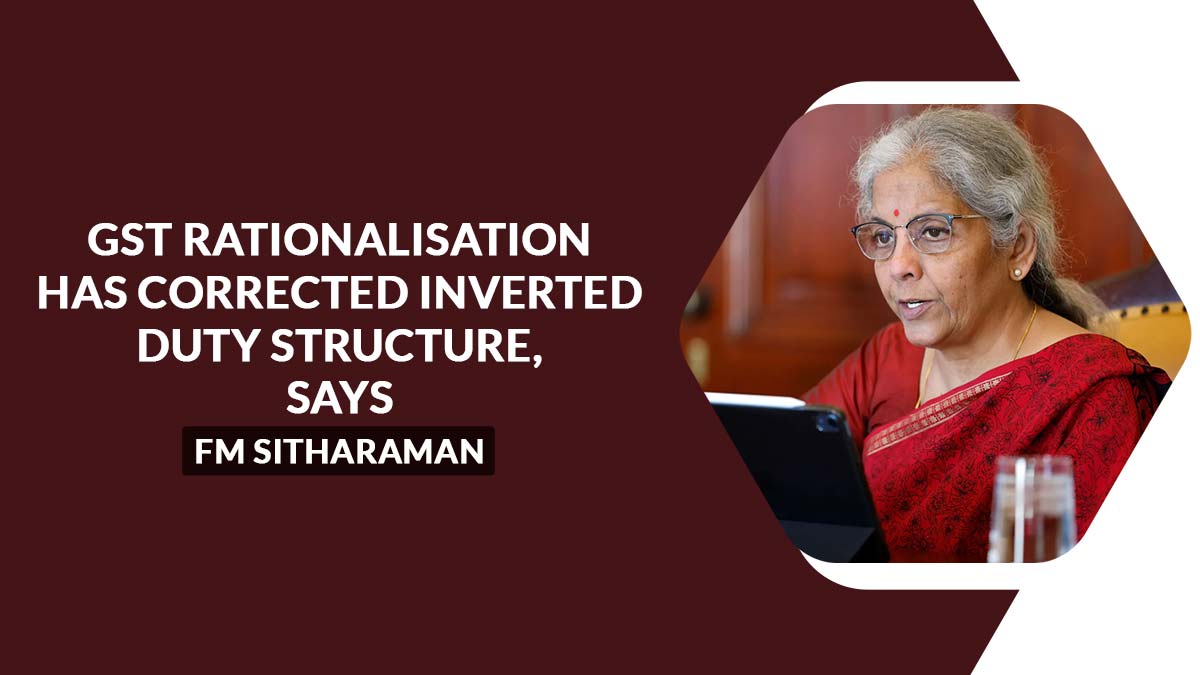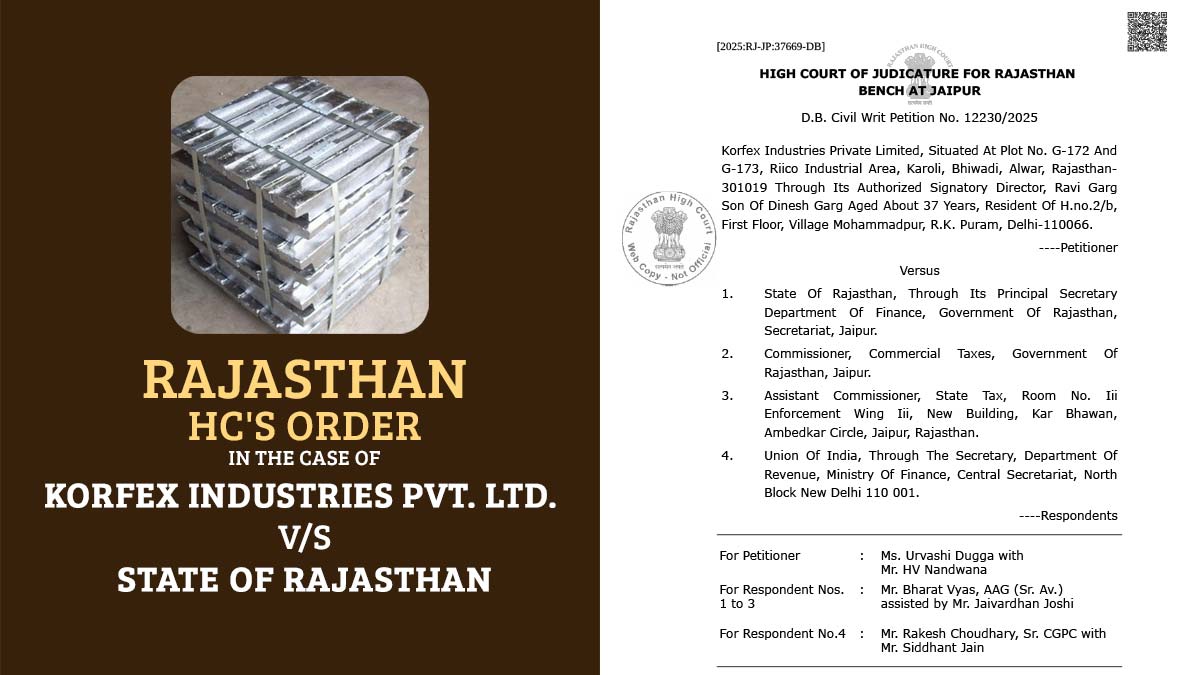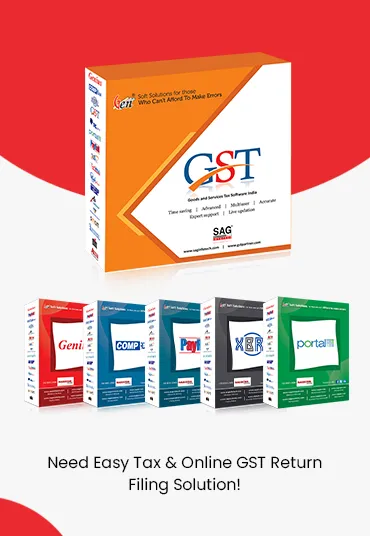
A systemic issue has been seen in the GST portal’s auto-populated data for Table B2C of GSTR-9, affecting cases where modifications related to the previous fiscal year are made in the current fiscal year.
Tax professionals and businesses are notified that during a revision pertinent to the B2C invoices for FY2023-24, made in FY 2024-25, the auto-populated numbers in the Annual Return (GSTR-9) for FY 2024-25 were incorrectly adjusted. The same anomaly has emerged in the B2C section, and the B2B changes are being displayed precisely in the relevant tables.
When a taxpayer changes B2C invoices of FY 2023-24 in FY 2024– 25 (for instance, by revamping taxable value or tax amount), the system incorrectly adds or reduces the related figures in Table 4 of GSTR-9 for FY 2024– 25.
However, as per the GST law and the structure of the annual return, Table 4 of GSTR-9 must specify information only for transactions related to the reporting year (i.e., FY 2024–25). Modifications of the preceding year must not impact this table.
Read Also: GST Filing Update: GSTR-1 Table 12 Now Divided into B2B and B2C Categories
The same misalignment is directed to the wrong reporting of outward supplies, which forms mismatches and confusion during reconciliation.
Discrepancies Between B2B and B2C Data
The problem is limited to the B2C segment. In making B2B changes by the taxpayers (for example, adding or modifying invoices of FY 2023–24 in FY 2024–25), the GST portal processes such revisions, which are shown under “Amendments relating to supplies of earlier financial years” and do not disturb the current year’s Table 4 values.
Opposite to that, concerning the B2B changes, the system is wrongly netting off these adjustments within the existing year’s turnover numbers, thereby distorting total taxable value and tax obligation auto-populated in the GSTR-9.
Source: Jurishour.in









